
Fukuoka has become a popular tourist destination in Japan in recent years, with the adrenaline pumping Gion Yamakasa Festival in Hakata, the wide variety of gourmet food, local food stalls and, most importantly, Fukuoka Airport, which is very close to the city. Meanwhile, Fukuoka has a deep connection with the genius tactician Kanbei Kuroda. The Fukuoka Castle built by him has long been a must-see place for many Sengoku history fans.
"Kuroda Kanbei": the Legendary Genius Tactician
Even people with limited knowledge of the history of the Sengoku period in Japan must have heard his name. Kanbei Kuroda (黒田官兵衛), whose real name is "Yoshitaka Kuroda" (黒田孝高), spent his life serving the three heroes of the Sengoku period: Nobunaga Oda, Hideyoshi Toyotomi, Ieyasu Tokugawa, and achieved many glorious military exploits. Kanbei Kuroda, who witnessed the turbulent times of rivalry until the end as a strategist, eventually led a reclusive life, without getting involved in political affairs. His tumultuous life was then broadcasted on television as the 2014 NHK Taiga Drama "Gunshi Kanbei" (軍師官兵衛 - literally means Kanbei the Tactician).

In addition to his outstanding military fame, Kanbei Kuroda owns another title that had been passed down through generations - one of the "three great castle builders". Takatora Todo, Kiyomasa Kato, and Kanbei Kuroda were considered the "three great castle builders" of the Sengoku period. They worked on a number of famous castles, each with their own strengths, and the Fukuoka Castle that Kanbei Kuroda built as the last castle was highly praised by even the fellow castle builder Kiyomasa Kato himself.
"Fukuoka Castle": Masterpiece of Kuroda father and son
In 1600, the Battle of Sekigahara took place, and the Eastern Army led by Ieyasu Tokugawa emerged victorious. When Kanbei Kuroda and his son Nagamasa Kuroda who belonged to the Eastern Army conquered Kyushu, they were highly praised by Ieyasu Tokugawa and were given the territory of Chikuzen Province (now Fukuoka Prefecture) to Kanbei and his son.
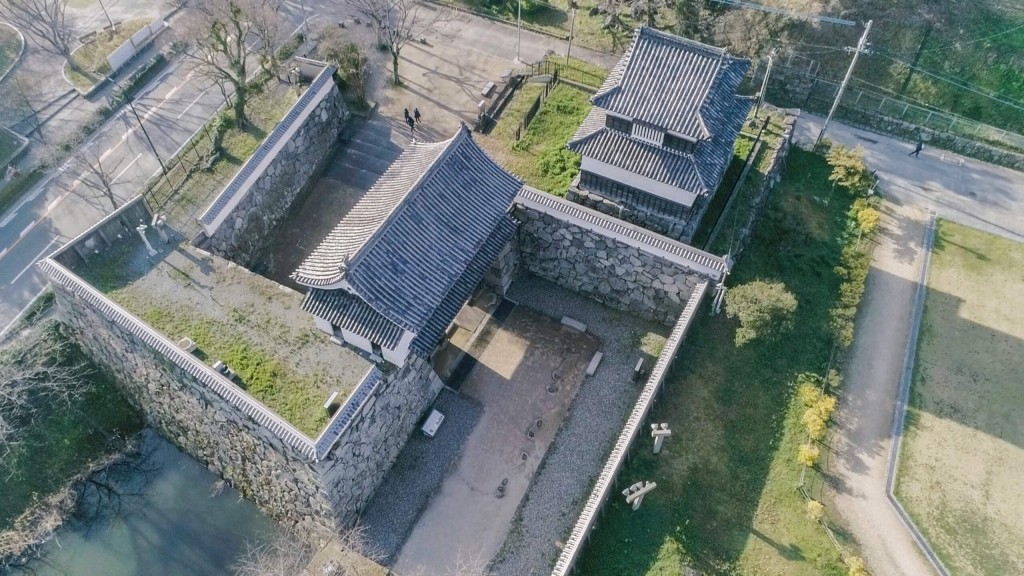
In 1601, Kanbei and his son started building a castle, and spent seven years completing a vast hirayamajiro (平山城 - a type of castle built on flat land) of about 240,000 tsubo (about 800,000 sq.m.). The castle was originally built on a hill called "Fukusaki" (福崎), but later the Kuroda father and son named the castle "Fukuoka Castle" after the name of the "Fukuoka" area in "Bizen Province" (currently Okayama Prefecture) where their ancestors lived. The castle and moat viewed from Hakata Bay are shaped like a crane with its wings spread out, giving it the beautiful name of "Maizuru Castle" (舞鶴城 - dancing crane castle).
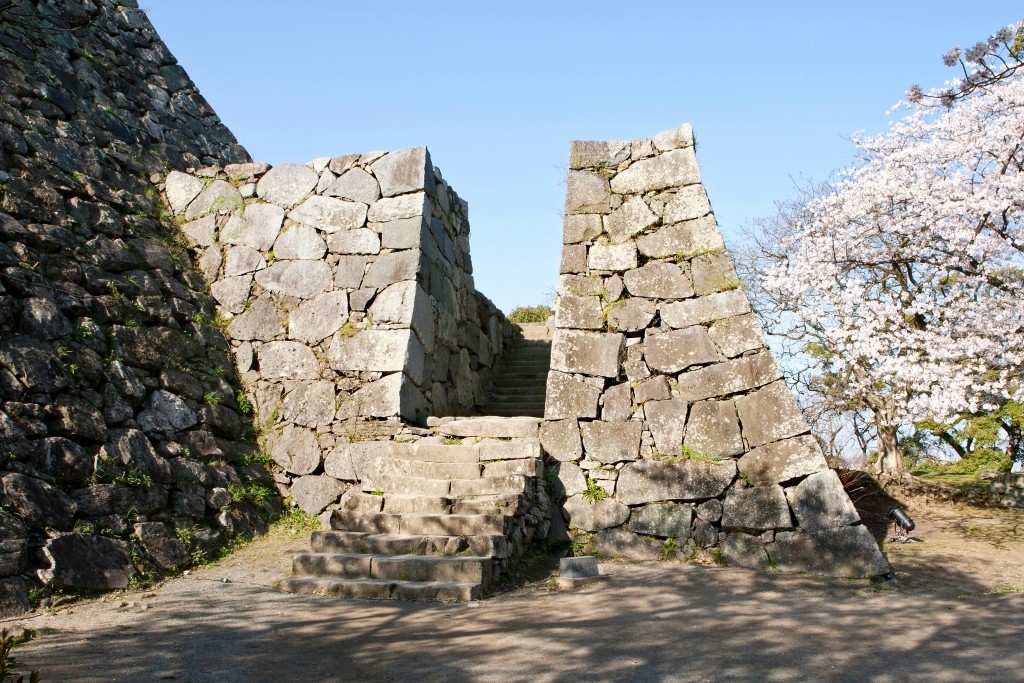
From its structure, Fukuoka Castle can be seen to be a strategically designed castle. The stone walls are intricately mixed, with more than 10 castle gates, 47 turrets, and 3 castle tower foundations of different sizes. Even Kiyomasa Kato, who built the impregnable Kumamoto Castle admired the intricate construction of the castle, saying that "The castle I built can be taken within three to four days of invasion. But for Fukuoka Castle, it would still stand after 30 to 40 days of assault”. You can see the depth of consideration for the construction of the castle by Kanbei Kuroda.
Mysterious Castle Tower
Fukuoka Castle has three castle tower foundations, but for some reason there is no castle tower - it was a mystery that was studied and discussed many times by experts and castle lovers.
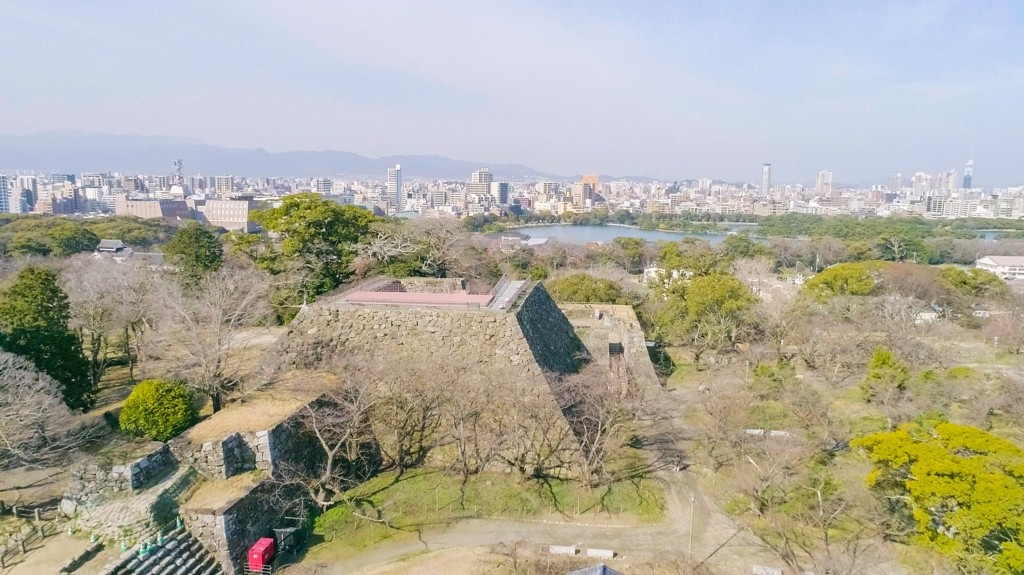
Tenshudai (天守台 - castle tower foundation) refers to the raised stone wall pedestal, acting as a foundation for the castle tower (天守閣 / Tenshukaku). In the initial research, it was said that Fukuoka Castle had no castle tower as the oldest surviving map of Fukuoka Castle, "Fukuhakusoezu" (福博惣絵図) drawn in 1646, does not show the castle tower in its map. However, a recently discovered letter from 1620 states that Nagamasa Kuroda demolished the castle tower out of fear of the Edo shogunate, thus it can be assumed that Fukuoka Castle once had a castle tower. Nevertheless, there is no evidence of actual remains or excavated items. It remains unclear whether the "Fukuoka Castle Tower" actually existed.
The blossoming memory
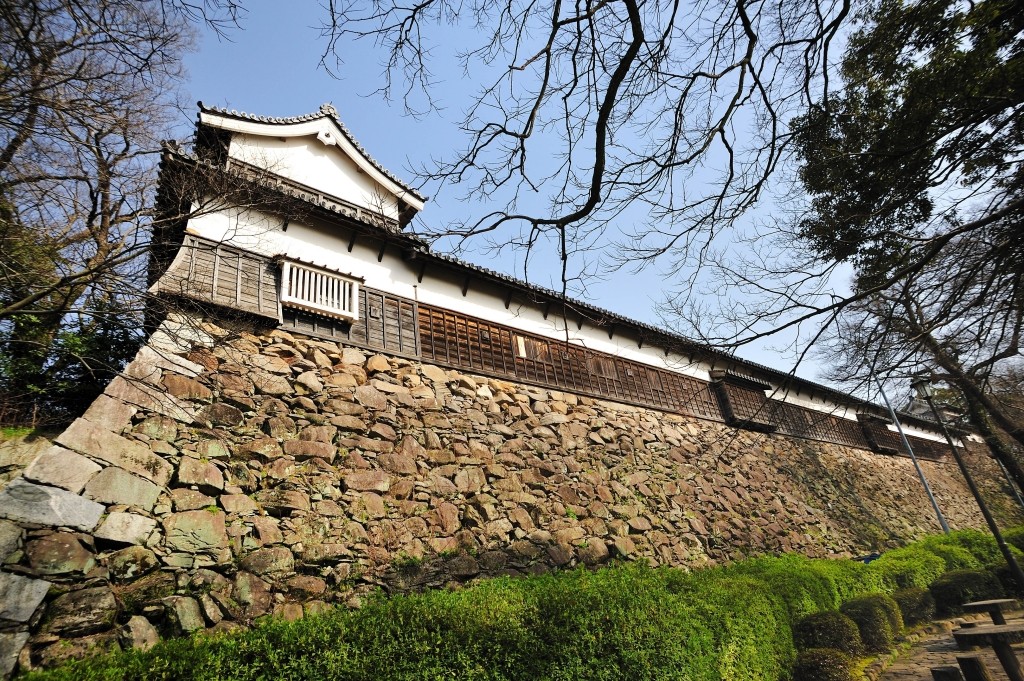
The precious Tamon Yagura turret that remains in perfect shape
During the Meiji period (1868-1912), an Abolition of Castles Ordinances was issued. Fukuoka Castle was demolished like other castles, but some of it was relocated to the Kuroda family's villas and temples. The ruins of Fukuoka Castle that can be seen today have preserved the stone walls and the grounds of that time, but only a handful of buildings fortunately remain intact, including the Tamon Yagura and Shiomi Yagura turrets.
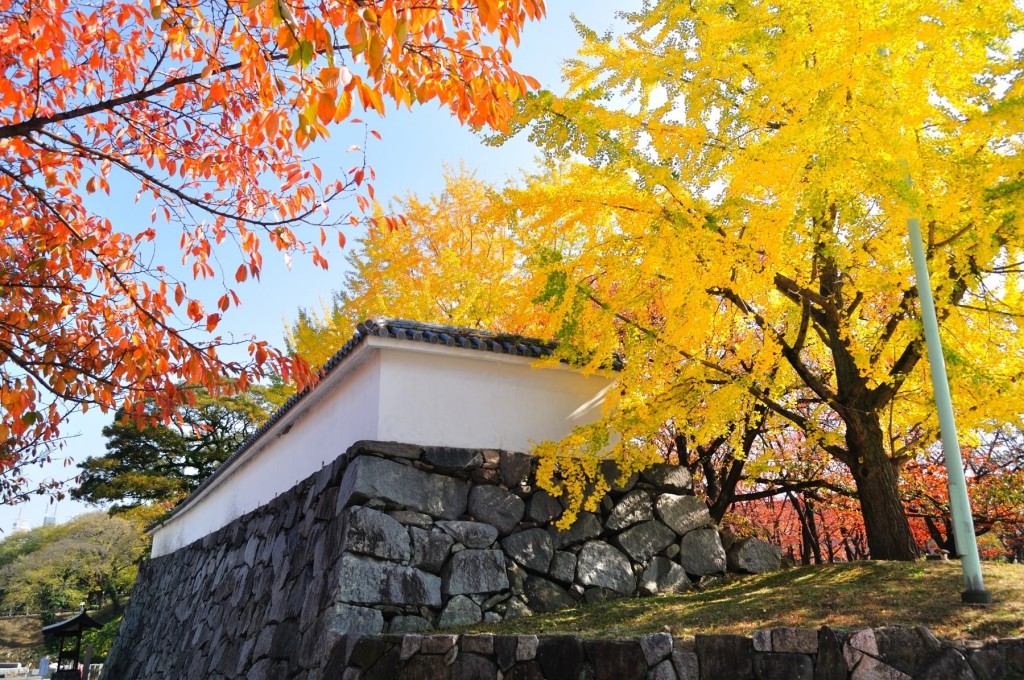
The ruins of Fukuoka Castle have now been designated as a National Historic Site and certified as one of Japan's Top 100 Castles. It has also been developed as Maiduru Park and Ohori Park for local residents to relax. It is dyed pink in spring and red and yellow in autumn, making it a popular tourist spot in every season.
Tourist Spot Information
- Name: Fukuoka Castle (福岡城 / Fukuoka-jo)
- Address: Jonai, Chuo Ward, Fukuoka City, Fukuoka
- Access: About 10 minutes on foot from Exit 2 of Akasaka Station on the Fukuoka City Subway
- Business hours: 24 hours
- Tickets: Free (except during event period)
Origin of the name "Fukuoka"
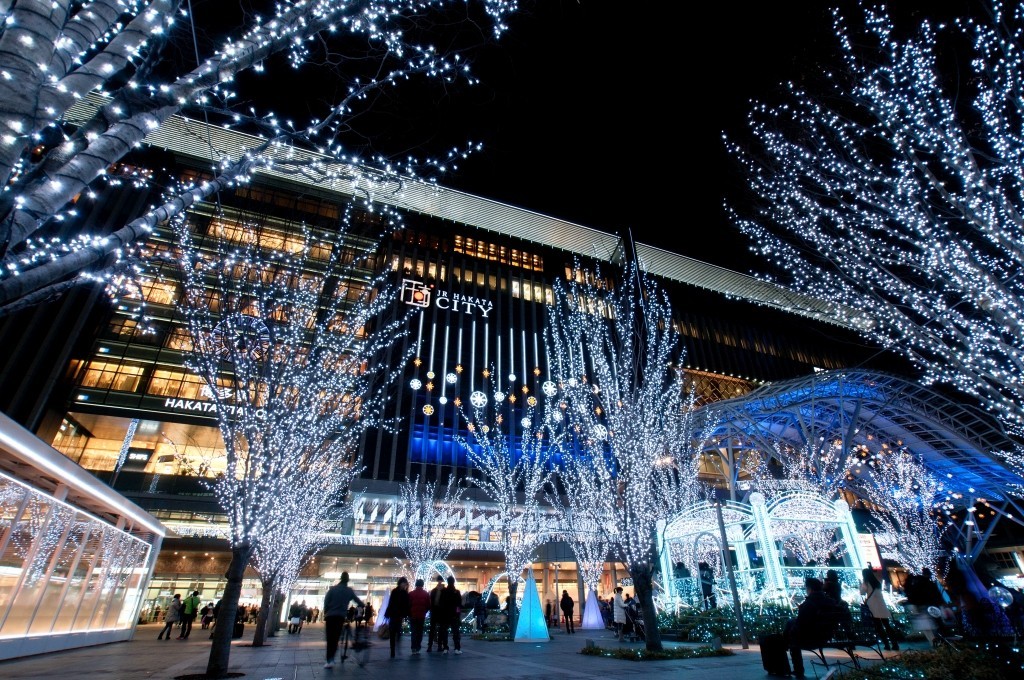
If you've ever visited Fukuoka, you've probably wondered whether this city is named "Fukuoka" or "Hakata".
As mentioned earlier, Kuroda and his son named the castle "Fukuoka Castle", so the castle town area was called Fukuoka. However, long before Fukuoka Castle was built, there was a port city called Hakata that flourished on Hakata Bay. Hakata, a town full of merchants, and Fukuoka, a town full of samurai families, were divided into east and west across the Naka River.
In 1889, a new system of local autonomy was put in effect in Japan. When deciding on the name of the city, there was a dispute over whether to name it Fukuoka or Hakata. As a result of a heated debate, it was agreed that the name of the city should be Fukuoka, while the name of the station in the city center should be Hakata!
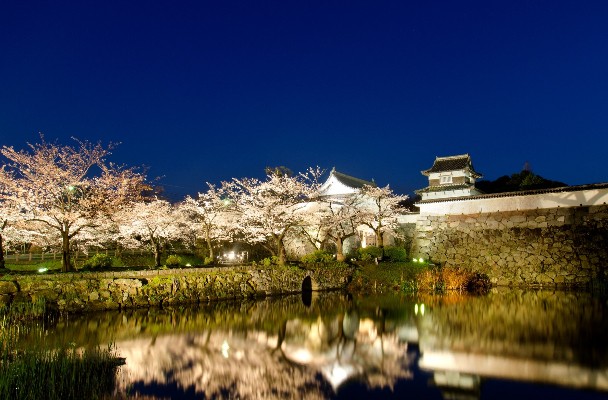
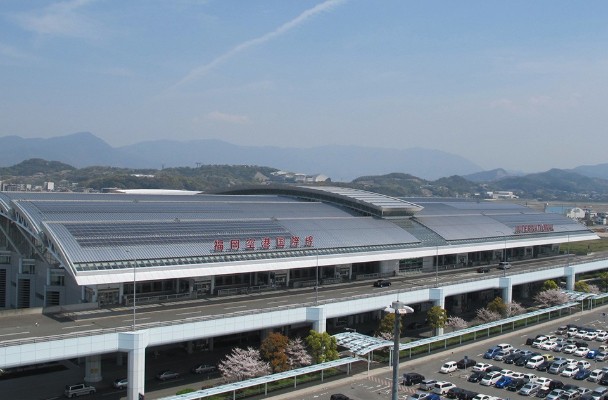
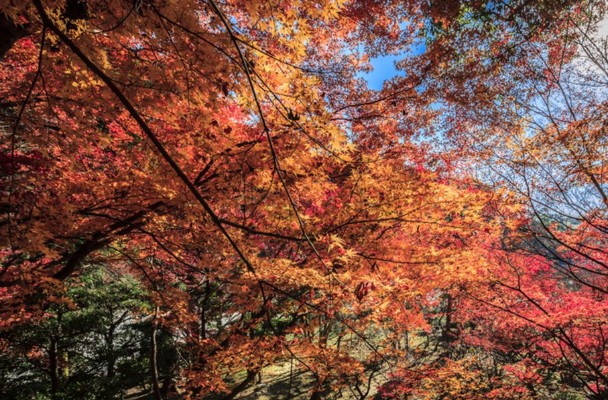


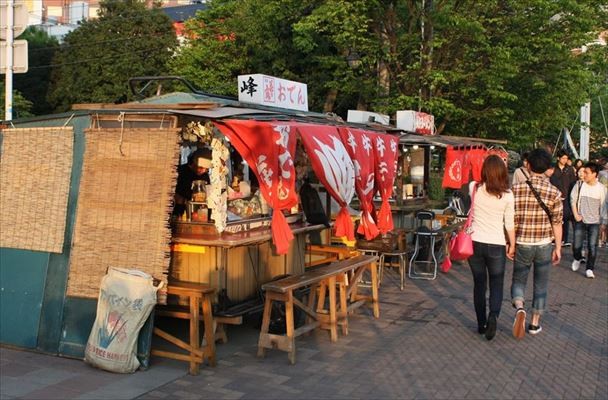
Comments